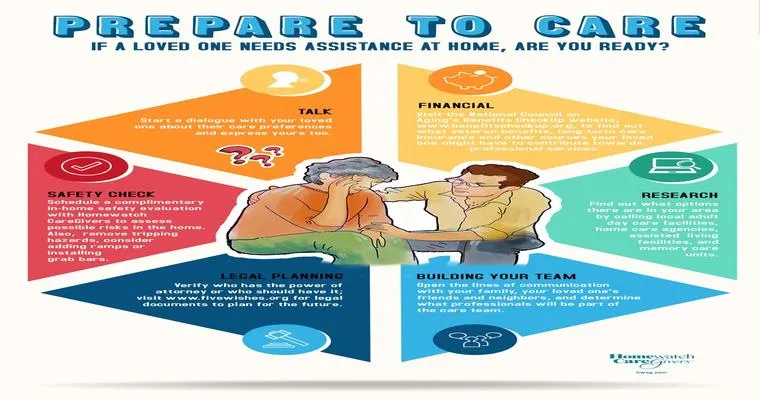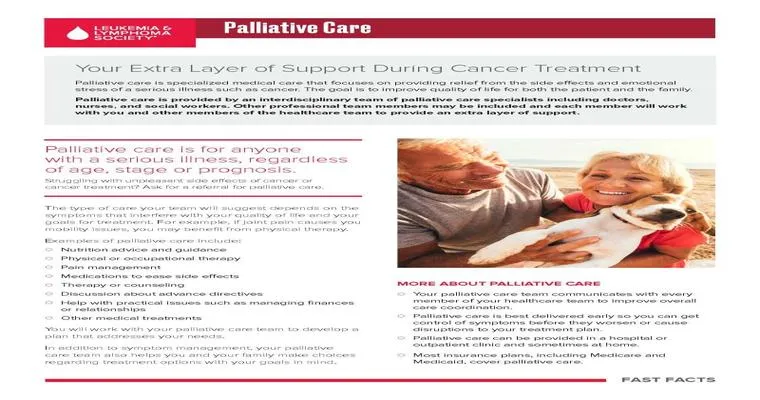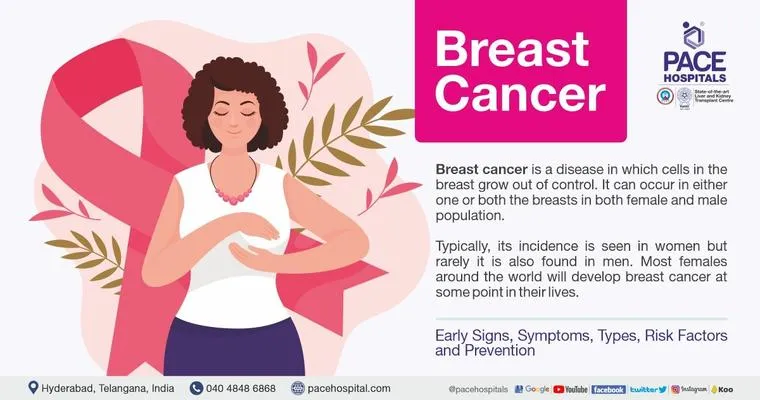Caring for a loved one at home can be a deeply rewarding experience, but there may come a time when you realize that you can no longer provide the necessary support. Understanding the signs that indicate it's time to consider alternative care options is essential for both you and your loved one. In this article, we will explore key factors that can help you determine when you can no longer care for them at home, and what steps you can take to ensure they receive the appropriate assistance.
One of the first "signs" to look for is a decline in your loved one's "physical health". If you notice frequent falls, difficulty with mobility, or a significant loss of weight, these may be indicators that they need more specialized care. Physical health issues can lead to complications that are difficult to manage at home, especially if they require constant monitoring or specialized medical attention.
Another critical aspect to consider is your loved one's "mental health". Conditions such as dementia or severe depression can make it increasingly challenging for caregivers to provide adequate support. If your loved one is showing signs of confusion, aggression, or withdrawal, it may be time to seek professional help. A decline in mental health not only affects the individual but can also take a toll on the caregiver's well-being.
Assessing your own "capability" to provide care is equally important. If you find yourself feeling overwhelmed, stressed, or fatigued, it may signal that you can no longer manage the demands of caregiving. Caregiver burnout can lead to both physical and emotional exhaustion, which can negatively impact your ability to care for your loved one. Recognizing your limits is crucial, as it ensures that both you and your loved one are receiving the support you need.
Additionally, consider the level of "assistance" your loved one requires on a daily basis. If their needs have escalated to the point where you are unable to provide adequate support—such as administering medications, handling complex medical devices, or managing multiple health conditions—it may be time to explore other care options. Professional caregivers and assisted living facilities can offer specialized support that is often beyond what family members can provide.
Lastly, think about the "safety" of your living environment. If your home is not equipped to handle the unique needs of a loved one—such as wheelchair accessibility or safety features to prevent falls—it may be a sign that in-home care is no longer viable. Ensuring a safe environment is essential for your loved one's well-being and can help prevent accidents that could lead to serious injuries.
In conclusion, recognizing when you can no longer care for a loved one at home is a challenging yet vital decision. By paying attention to signs related to their physical and mental health, assessing your own capabilities, evaluating the level of assistance required, and ensuring a safe living environment, you can make an informed choice about their care. Remember, seeking help is not a sign of failure; rather, it is an important step towards ensuring that your loved one receives the best possible support in a setting that meets their needs.





